This article was co-authored by Tu Anh Vu, DMD. Dr. Tu Anh Vu is a board certified dentist who runs her private practice, Tu's Dental, in Brooklyn, New York. Dr. Vu helps adults and kids of all ages get over their anxiety with dental phobia. Dr. Vu has conducted research related to finding the cure for Kaposi Sarcoma cancer and has presented her research at the Hinman Meeting in Memphis. She received her undergraduate degree from Bryn Mawr College and a DMD from the University of Pennsylvania School of Dental Medicine.
This article has been viewed 21,089 times.
Cleaning your tongue is an important part of maintaining oral hygiene. It goes hand-in-hand with brushing your teeth and can clear away bacteria which causes bad breath. It’s especially important to clean the back of your tongue because debris can build up quickly and lead to the bad breath. By using your regular toothbrush, a tongue scraper, or mouthwash, you can easily clean your tongue in minutes and make your mouth feel refreshed!
Steps
Cleaning Your Tongue with a Toothbrush
-
1Spit out excess toothpaste before you clean your tongue. You should clean your tongue right after you brush your teeth but before you rinse out your mouth. Spit out the extra toothpaste in your mouth but don’t rinse. You want your mouth and toothbrush to have some toothpaste residue on it. Make sure your toothbrush is moistened before you move on to the next step.[1]
- You can use the same toothbrush you use every day for this process because your tongue and teeth touch all the time and share quite a bit of bacteria.
-
2Stick out your tongue as far as you can to see the back easier. Look for a white or brownish film on the surface of the back of your tongue. The film is likely triangular in shape, with the base of the triangle lining up with the very back of your tongue. This is the debris that has built up over time.[2]
- The tip of your tongue won’t have as much debris built up because it comes into contact with your hard palate when you swallow or speak. This friction creates a cleansing action that washes away most bacteria and debris before it can build up significantly.
Did you know: The back part of your tongue only touches your soft palate and any contact with the soft palate is gentle. As a result, the back of your tongue doesn’t create enough friction to get rid of the debris, which leads to build up in the back of your tongue.
Advertisement -
3Reach to the back of your tongue to start cleaning. Place your toothbrush perpendicular to your tongue and gently press down on the back of your tongue. Don’t press too hard, as you can cut your tongue if you’re not careful. If your gag reflex is giving you trouble, start humming to distract yourself. You can also try not extending your tongue as far.[3]
- If your gag reflex is preventing you from cleaning your tongue, try using a tongue scraper instead.
-
4Scrape from back to front to catch as much debris as possible. You want the debris to come to the front of your mouth, so you can spit it out. Scrape in a back-and-forth motion as you move your toothbrush forward to catch as much debris as you can.[4]
- Don’t move your toothbrush too quickly or you’ll risk missing some of the debris.
-
5Go over your tongue 4-5 times to get all the debris. After you’ve spit out the debris at the front of your mouth, wet your toothbrush again and scrape the remaining debris off your tongue using the same motion as before. Be sure to rinse off your toothbrush after each pass to avoid putting the debris back on your tongue.[5]
- You don’t need to do this 4-5 times if you feel like you’ve gotten most of the debris in the first few passes.
-
6Scrub the inside of your cheeks and the roof of your mouth. This is a great way to finish the job and give your mouth an all-around clean. Move your toothbrush in a circular motion along your cheeks and do the same for the roof of your mouth. Once you’ve cleaned your mouth to your satisfaction, gargle some water and rinse everything out.[6]
- Between brushing your teeth and cleaning off your tongue, this process should take you about 5 minutes to complete.
Scrubbing Your Tongue with a Tongue Scraper
-
1Use a tongue scraper for a more effective clean. While your toothbrush can be useful for scraping your tongue, it’s best for cleaning smooth surfaces. Your tongue has a rougher surface, meaning those toothbrush bristles can slide over your tongue instead of digging into the crevices. Tongue scrapers have a curved edge and are specifically designed to catch bacteria.
- Tongue scrapers are fairly cheap and you can pick one up at your local drug store for less than $10.
Did you know: Researchers have found that a tongue scraper can remove up to 75% of debris that causes bad breath, while a toothbrush can only eliminate around 45% of debris.
-
2Locate the center groove of your tongue. Follow the groove until you reach its endpoint and place the tongue scraper on that endpoint. Gently pull the scraper forward until you reach the tip of your tongue. Focus on getting rid of the triangle of film at the back of your tongue.[7]
- If your gag reflex is still too sensitive for you to reach the very back of your tongue, start your scraper a little further forward and go from there.
Tip: The more you clean your tongue, the better you can suppress your gag reflex and scrub away all of the buildup.
-
3Rinse your scraper after each pass to get rid of the debris. If you don’t wash the scraper after each pass, you risk putting the debris back on your tongue and having to start all over again. Run the scraper under cold water and shake it to remove the debris that has built up.[8]
- If the debris isn’t coming off in the water, wipe the scraper with a towel. Then, re-wet the scraper before putting it back in your mouth.
-
4Repeat the motion until you’ve removed all of the debris. Find the back of your tongue by following the groove in the middle towards the back of your mouth. Go over your tongue 4-5 times, or until you feel like you’ve removed the majority of the debris. Remember to rinse the scraper thoroughly after each pass![9]
- Don’t clean the tonsillar tissue at the edges of your tongue.
-
5Replace your scraper every 3-4 months. Like with your toothbrush, you should get a new scraper every few months to ensure you’re getting a good clean. The only exception to this rule is if you’re sick with a cold or nasty infection, in which case you should get a new toothbrush and tongue scraper immediately.[10]
- It’s important to clean your tongue daily. However, if your tongue is sore, inflamed, or irritated, wait a few days for your tongue to restore itself before you begin cleaning it again.
Expert Q&A
-
QuestionIs tongue cleaning necessary?
 Tu Anh Vu, DMDDr. Tu Anh Vu is a board certified dentist who runs her private practice, Tu's Dental, in Brooklyn, New York. Dr. Vu helps adults and kids of all ages get over their anxiety with dental phobia. Dr. Vu has conducted research related to finding the cure for Kaposi Sarcoma cancer and has presented her research at the Hinman Meeting in Memphis. She received her undergraduate degree from Bryn Mawr College and a DMD from the University of Pennsylvania School of Dental Medicine.
Tu Anh Vu, DMDDr. Tu Anh Vu is a board certified dentist who runs her private practice, Tu's Dental, in Brooklyn, New York. Dr. Vu helps adults and kids of all ages get over their anxiety with dental phobia. Dr. Vu has conducted research related to finding the cure for Kaposi Sarcoma cancer and has presented her research at the Hinman Meeting in Memphis. She received her undergraduate degree from Bryn Mawr College and a DMD from the University of Pennsylvania School of Dental Medicine.
Board Certified Dentist Yes, it's a good idea to clean your tongue, preferably whenever you brush your teeth. If you don't use a tongue scraper, use your toothbrush.
Yes, it's a good idea to clean your tongue, preferably whenever you brush your teeth. If you don't use a tongue scraper, use your toothbrush.
References
- ↑ https://www.123dentist.com/cleaning-your-tongue/
- ↑ https://www.animated-teeth.com/bad_breath/t4z_tongue_cleaning.htm
- ↑ https://www.self.com/story/how-to-clean-your-tongue
- ↑ https://www.self.com/story/how-to-clean-your-tongue
- ↑ https://www.123dentist.com/cleaning-your-tongue/
- ↑ https://www.123dentist.com/cleaning-your-tongue/
- ↑ https://www.animated-teeth.com/bad_breath/t4z_tongue_cleaning.htm
- ↑ https://www.animated-teeth.com/bad_breath/t4z_tongue_cleaning.htm
- ↑ https://www.self.com/story/how-to-clean-your-tongue
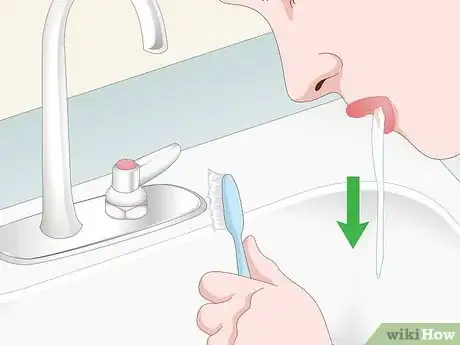

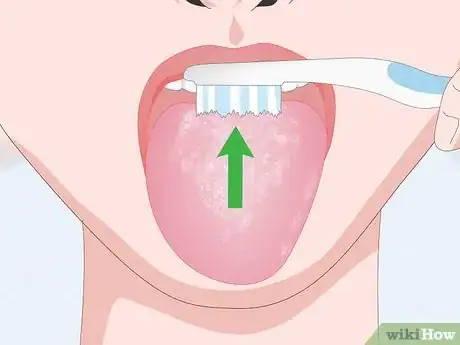
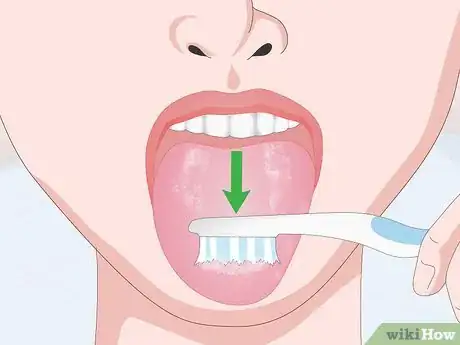
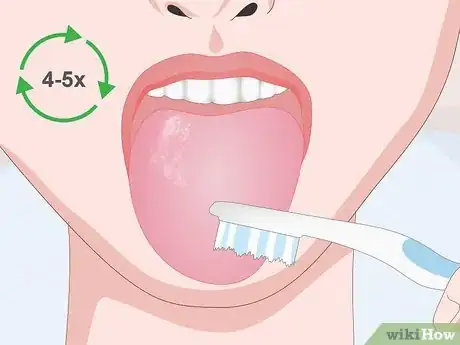
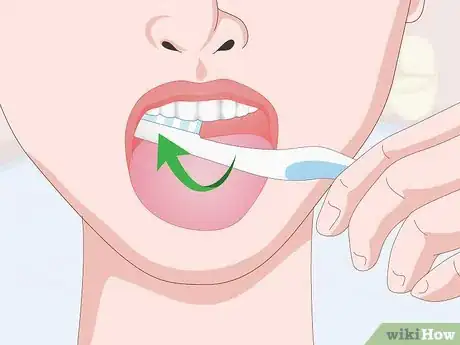
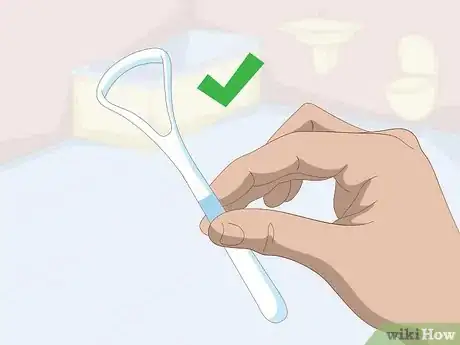
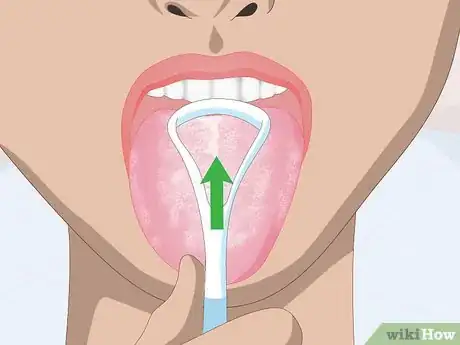
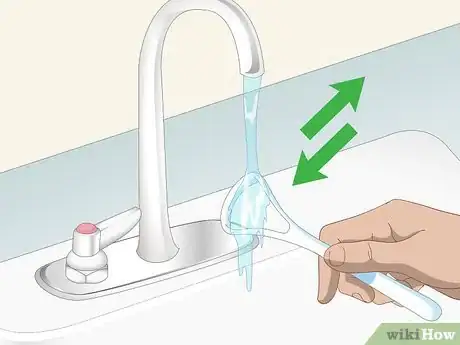
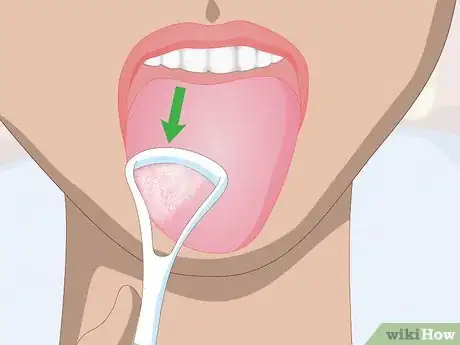
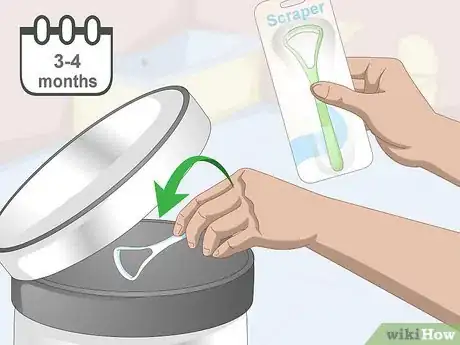

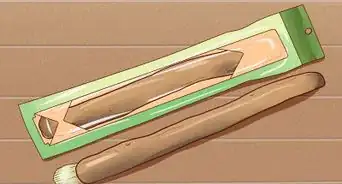
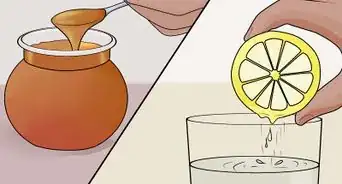

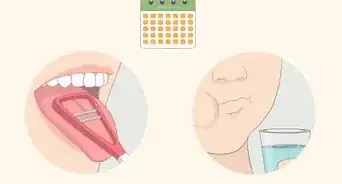
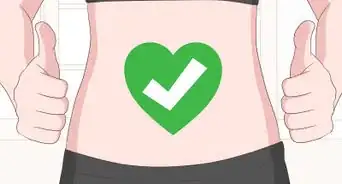
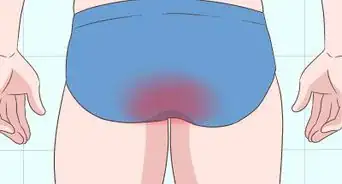
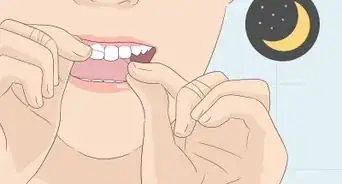
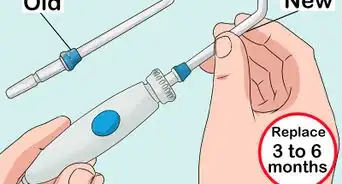

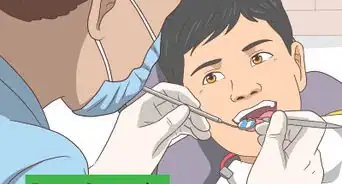











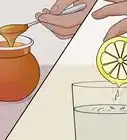




































Medical Disclaimer
The content of this article is not intended to be a substitute for professional medical advice, examination, diagnosis, or treatment. You should always contact your doctor or other qualified healthcare professional before starting, changing, or stopping any kind of health treatment.
Read More...